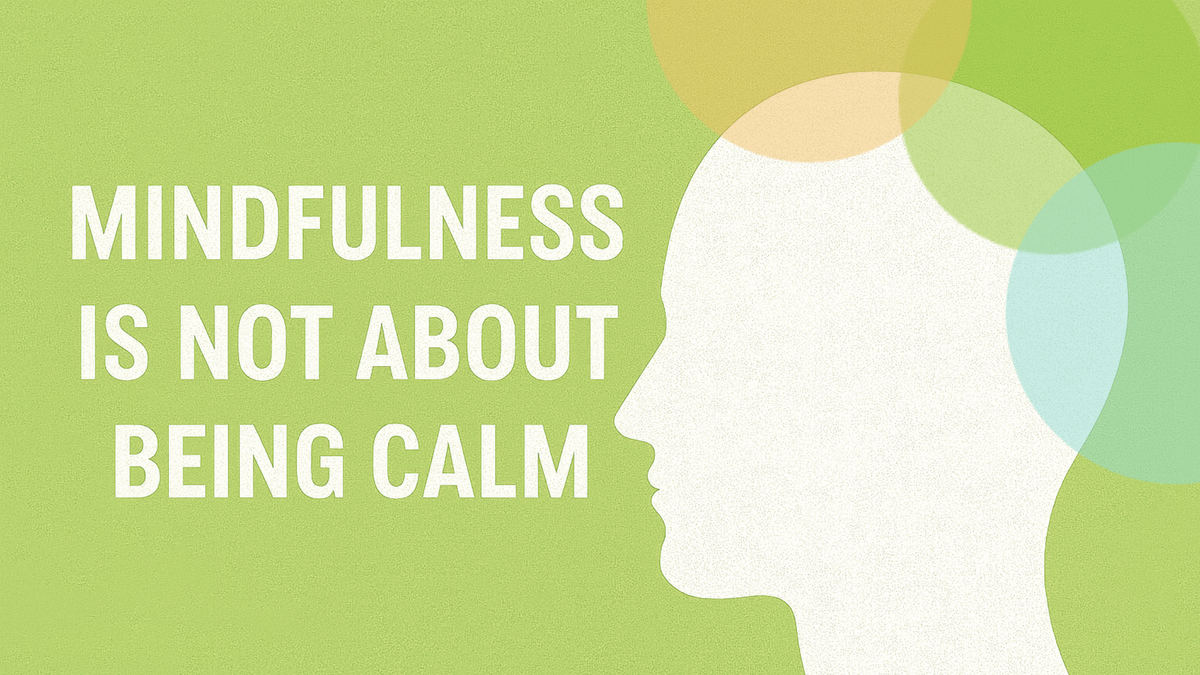Many people search for mindfulness hoping it will help them feel calm. But calmness is not the true purpose of mindfulness. At Innerspace Counseling, we teach mindfulness every day within our Intensive Outpatient & Partial Hospitalization Programs (IOP & PHP) across the General Mental Health Track, OCD and Anxiety Track, and Perinatal Wellness Program. And we consistently see the same misconception.
Most people have been taught mindfulness incorrectly.
Understanding what mindfulness really is can transform your progress in ERP, DBT, and ACT.

